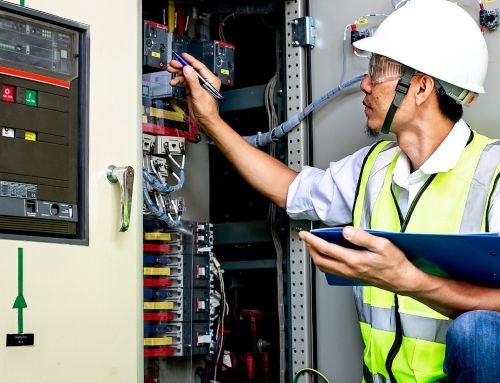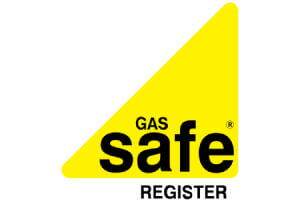
In my exploration of workplace safety, did you know that there are simple yet crucial steps one can take to prevent fire hazards in the workplace? Implementing effective fire hazard prevention measures is paramount for maintaining a secure work environment.
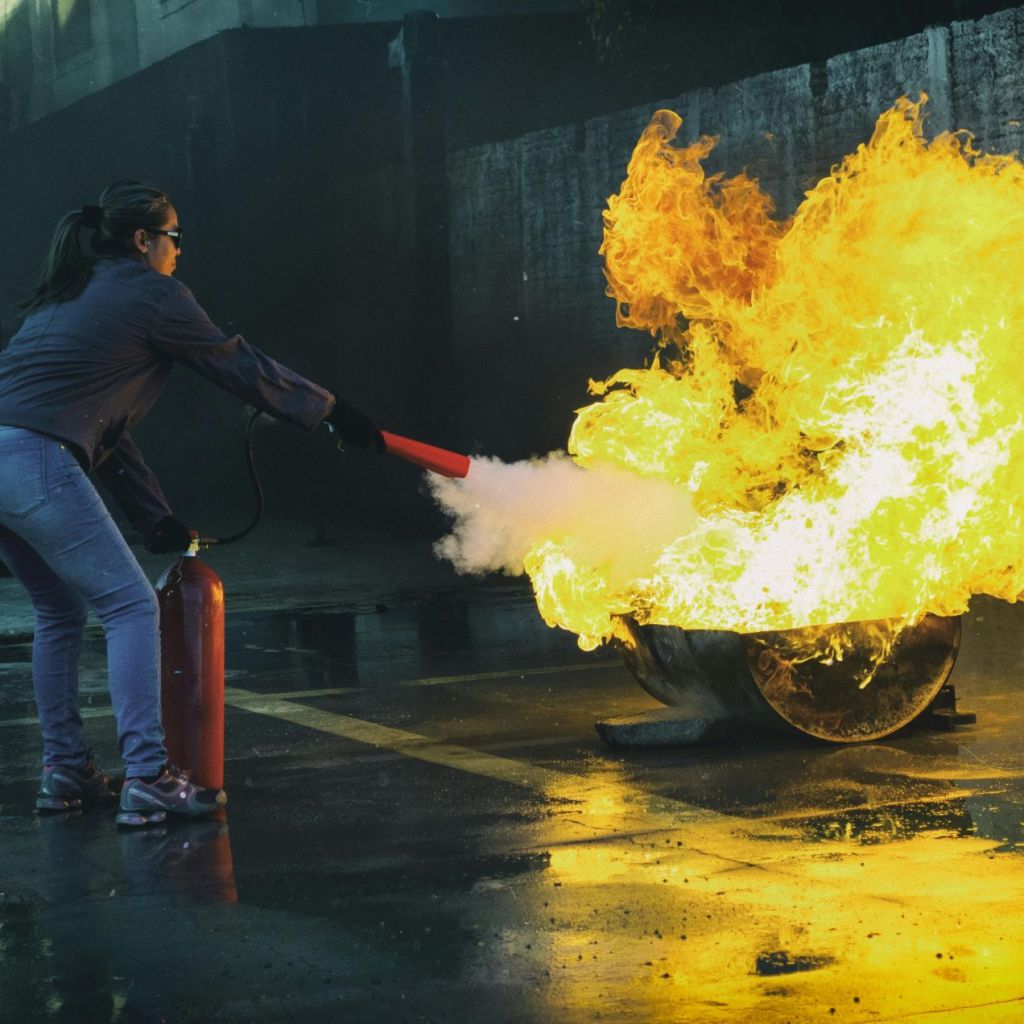
From routine equipment checks to employee training, each aspect plays a vital role in safeguarding against potential fire risks. Let’s uncover the key strategies and practices that can help us create a safer workplace for everyone.
Fire Protection Equipment Maintenance
To ensure workplace safety and minimize fire hazards, regular inspection and maintenance of fire protection equipment is crucial. Equipment servicing should follow a detailed inspection checklist to ensure all components are in working order.
Adhering to proper installation guidelines is essential for the effective functioning of fire protection devices. Avoiding obstructions around fire sprinklers or alarms is paramount to their functionality in case of emergencies.
Regular functionality testing of equipment such as fire extinguishers and control panels is necessary to guarantee they’ll operate as intended during a fire outbreak.
By prioritizing equipment servicing, adhering to inspection checklists, following installation guidelines, keeping devices unobstructed, and conducting functionality testing, workplaces can significantly reduce the risk of fire hazards and enhance overall safety protocols.
Maintaining fire protection equipment is a proactive measure that can make a substantial difference in ensuring the well-being of employees and the protection of company assets.
Proper Waste Disposal Practices
Implementing proper waste disposal practices in the workplace is essential for preventing fire hazards and maintaining a safe working environment. Hazardous waste management is crucial to ensure the safe handling and disposal of materials that could pose a risk of combustion.
It’s important to follow waste disposal regulations to avoid fines and potential accidents related to improper waste handling. Flammable material disposal should be done according to waste handling guidelines, ensuring that these materials are stored and disposed of in a manner that minimizes fire risks.
Proper waste containment involves using suitable containers with secure lids to prevent the spread of fires due to waste materials. By adhering to these waste disposal practices, the workplace can significantly reduce the likelihood of fire incidents and create a safer environment for all employees.
Safe Storage and Handling Procedures
Proper storage and handling of hazardous materials play a vital role in maintaining workplace safety and preventing fire hazards. When it comes to chemical storage, it’s crucial to store chemicals in well-ventilated areas and away from heat sources to minimize the risk of fire. Clear warning labels should be used on flammable items, and they should be kept in designated areas to reduce the risk of explosion.
Waste management is another critical aspect of fire prevention. Implementing a waste disposal rota, keeping petroleum-soaked cloths away from flames, and monitoring the disposal of oil-soaked cloths in garages can help prevent fires.
Clutter management is essential to maintain a safe workplace environment. Keeping clutter to a minimum, ensuring easy access to emergency exits, and regularly decluttering work areas can prevent fire hazards.
Machinery maintenance and electrical safety are also key factors. Regularly servicing and inspecting machinery and electrical equipment, reporting malfunctions promptly, and preventing overheating and short circuits are crucial steps in fire prevention.
Regular Maintenance and Inspection Routines
How frequently should I conduct maintenance and inspections on fire protection equipment to ensure workplace safety?
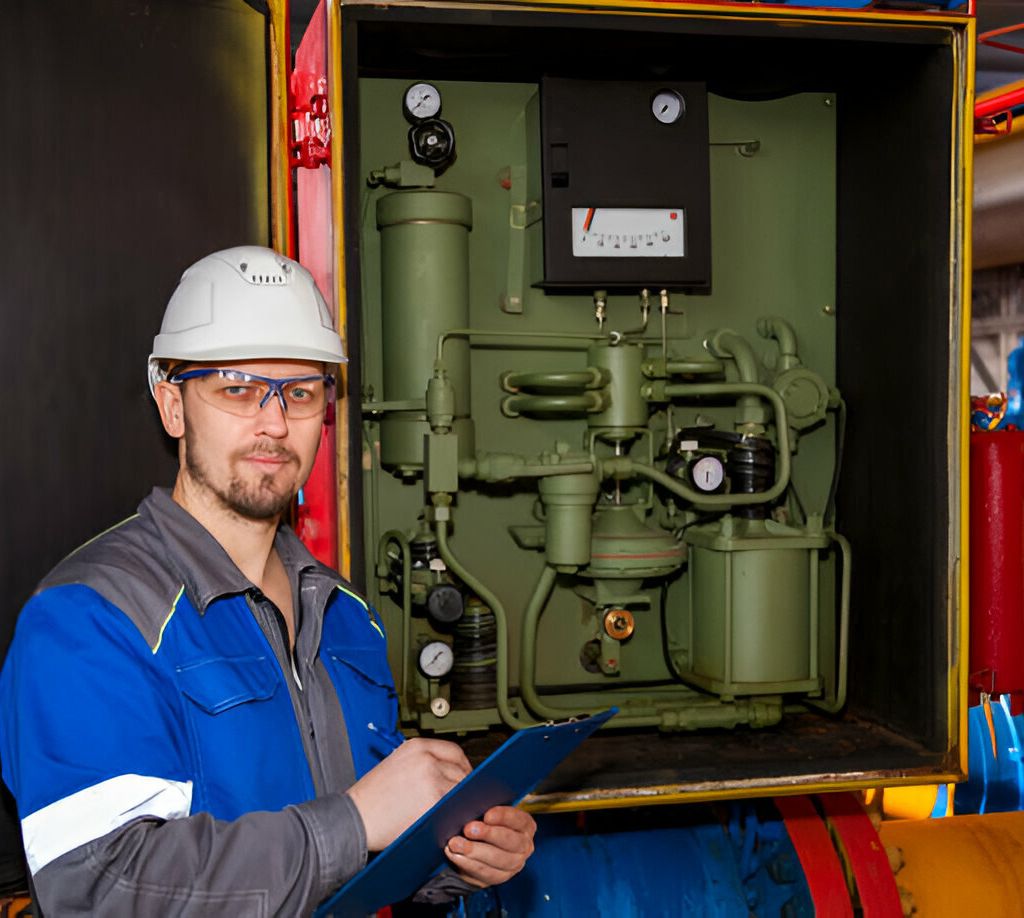
Regular maintenance and inspection routines are crucial for preventing fire hazards. Establishing a consistent schedule for equipment inspection, following maintenance schedules, and adhering to safety protocols are key elements in hazard prevention.
Routine checks on fire extinguishers, control panels, and other fire protection equipment ensure their functionality and readiness in case of emergencies. By conducting regular inspections, potential issues can be identified and addressed promptly, reducing the risk of equipment failures during critical situations.
Adhering to maintenance guidelines and schedules recommended by manufacturers and safety regulations is essential to maintain a safe working environment. Implementing routine checks not only ensures compliance with safety standards but also enhances overall workplace safety.
Fire Safety Training and Education
In ensuring workplace safety, fire safety training and education play a crucial role. Fire safety awareness is essential for all employees to understand the importance of preventive measures.
Conducting regular fire extinguisher drills and ensuring employees are trained in using them effectively is paramount. Evacuation procedures should be clearly communicated, and fire alarm training must be provided to all staff members.
In the event of an emergency, proper emergency response protocols need to be in place and well-understood by everyone. Encouraging a culture of fire safety awareness within the workplace can help prevent hazards and ensure a quick and organized response if a fire occurs.
Building Security and Emergency Preparedness
To enhance workplace safety and preparedness, establishing robust building security measures and emergency protocols is imperative.
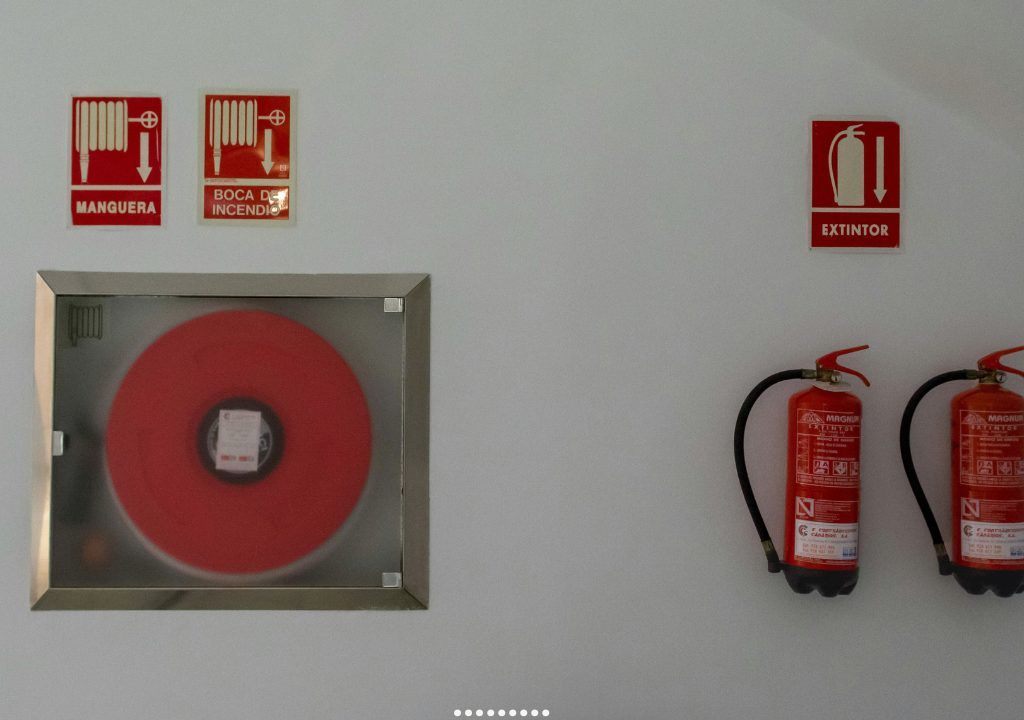
Security protocols should be in place to prevent unauthorized access and ensure the safety of occupants. Regular emergency drills help familiarize employees with evacuation procedures, making them more prepared in case of a fire emergency.
Access control systems can limit entry to secure areas, reducing the risk of arson and unauthorized activities that may lead to fires. Implementing strong access control measures enhances overall building security. Furthermore, having well-thought-out evacuation plans in place is crucial for swiftly and safely evacuating all building occupants in the event of a fire.
Frequently Asked Questions
What Are Some Common Causes of Workplace Fires That May Not Be Covered in the Article Sections?
In my experience, workplace fires can stem from various sources not mentioned, including electrical malfunctions, improper storage practices, combustible materials mishandling, lax smoking policies, and negligence in equipment maintenance. These factors necessitate thorough attention.
How Can Employee Behavior Contribute to Fire Hazards in the Workplace?
Employee training is vital in preventing workplace fire hazards. Safety protocols, risk assessment, and regular fire drills enhance emergency response. Educating staff on fire safety measures, ensuring compliance, and fostering a culture of vigilance are key.
Are There Specific Industries or Types of Businesses That Are More Prone to Fire Hazards?
In certain industries like manufacturing and restaurants, fire hazards are more common due to equipment usage, grease buildup, and electrical faults. Employee actions, such as improper waste disposal or storage, can exacerbate risks. Workplace layout may also impact fire safety.
How Can the Layout and Design of a Workplace Impact Fire Safety Measures?
Influential workplace design can enhance fire safety by optimizing emergency exits, integrating safety protocols, facilitating effective training programs, and conducting regular fire drills. Thoughtful layout and design elements play a crucial role in ensuring workplace fire safety.
What Role Do External Factors, Such as Weather Conditions or Neighboring Businesses, Play in Fire Hazard Prevention in the Workplace?
Considering weather conditions and neighboring businesses is crucial in fire hazard prevention. Emergency protocols should address these factors. Building materials, training programs, and regular assessments play vital roles in ensuring workplace safety and preparedness.
Conclusion
In conclusion, by prioritizing the meticulous maintenance of fire protection equipment, implementing proper waste disposal practices, ensuring safe storage and handling procedures, conducting regular maintenance checks, providing fire safety training, and enhancing building security, we can effectively prevent fire hazards in the workplace.
These proactive measures are essential for safeguarding lives, protecting property, and maintaining a safe work environment. Let’s continue to prioritize fire safety and prevention to create a secure and resilient workplace for all.
About the Author: LandlordCertificate
Related Posts
Get Social
Recent Posts
- Fire Safety Risk Assessment Complete Guide for Property Owners
- Energy Performance Certificate | A Complete Guide for Landlords
- Fire Safety Check at Home: The Complete Guide for Landlords and Homeowners
- Complete Electrical Installation Condition Report (EICR) Cost Guide for Home Owners and Businesses
- What Is a Commercial EICR and why is It Important


